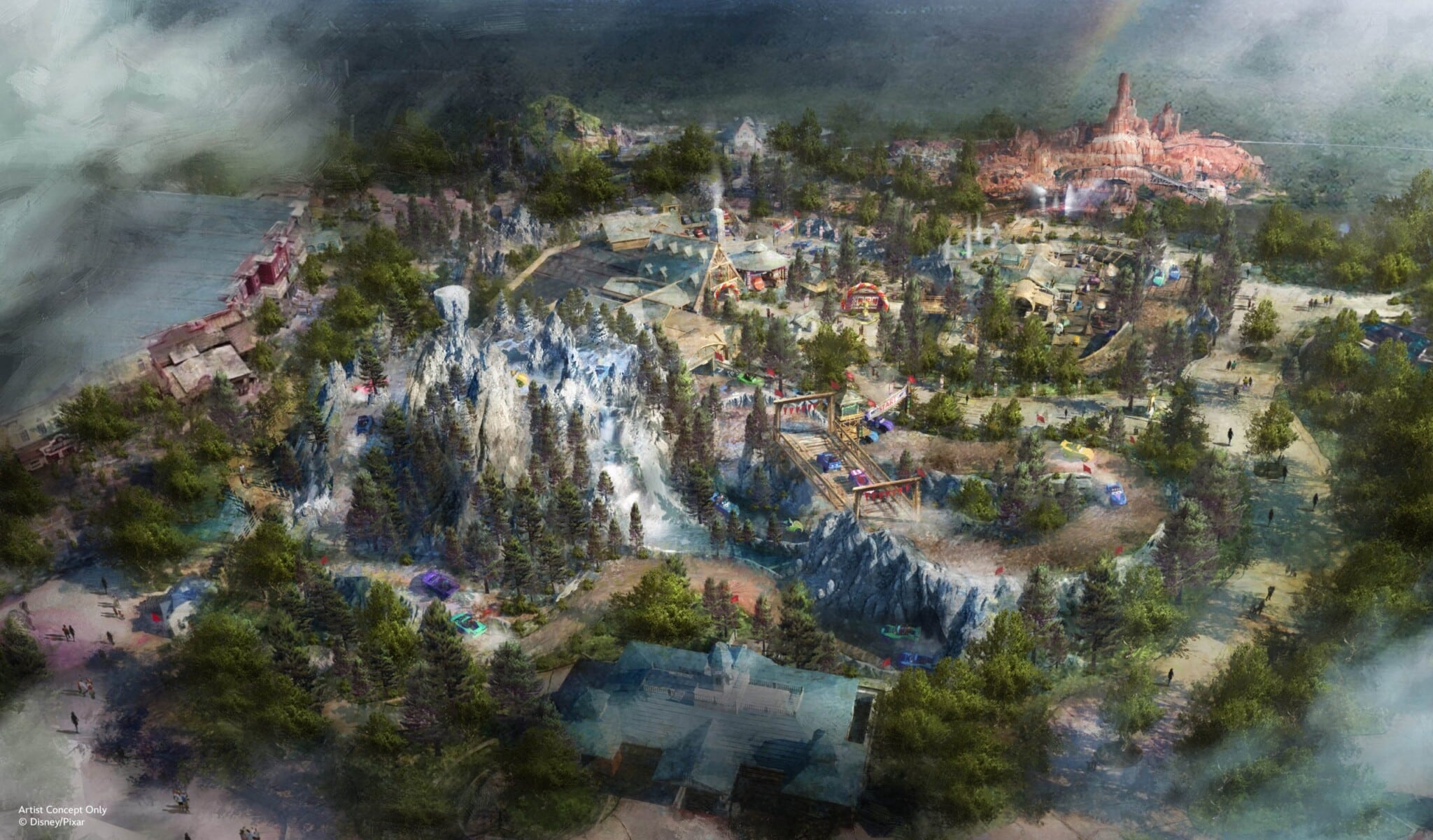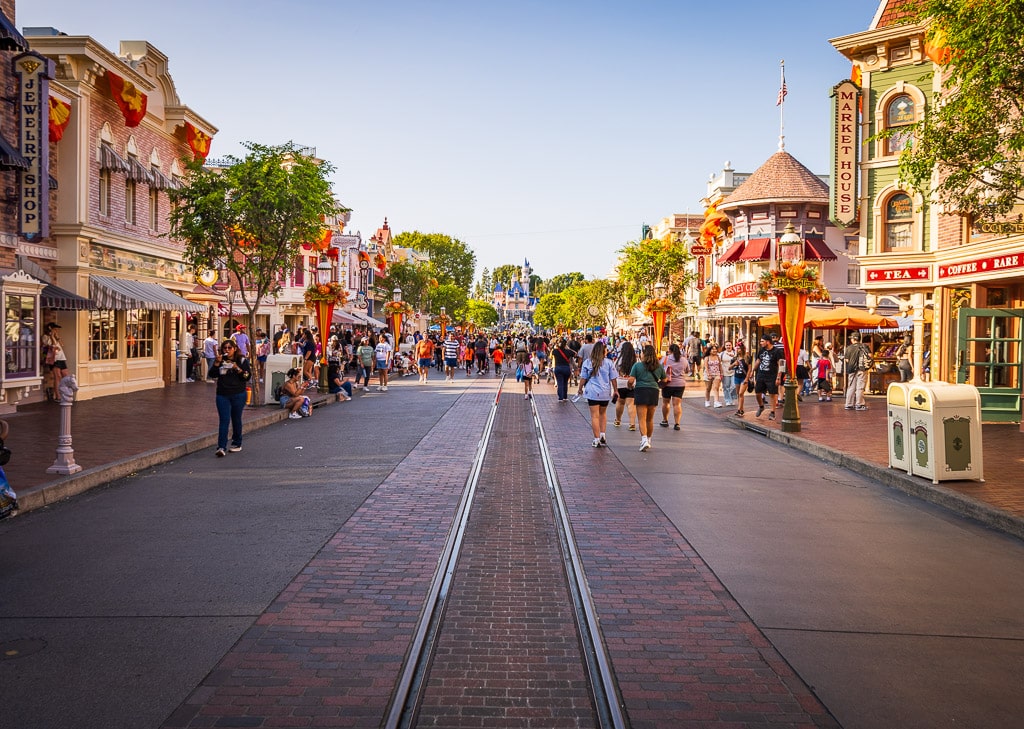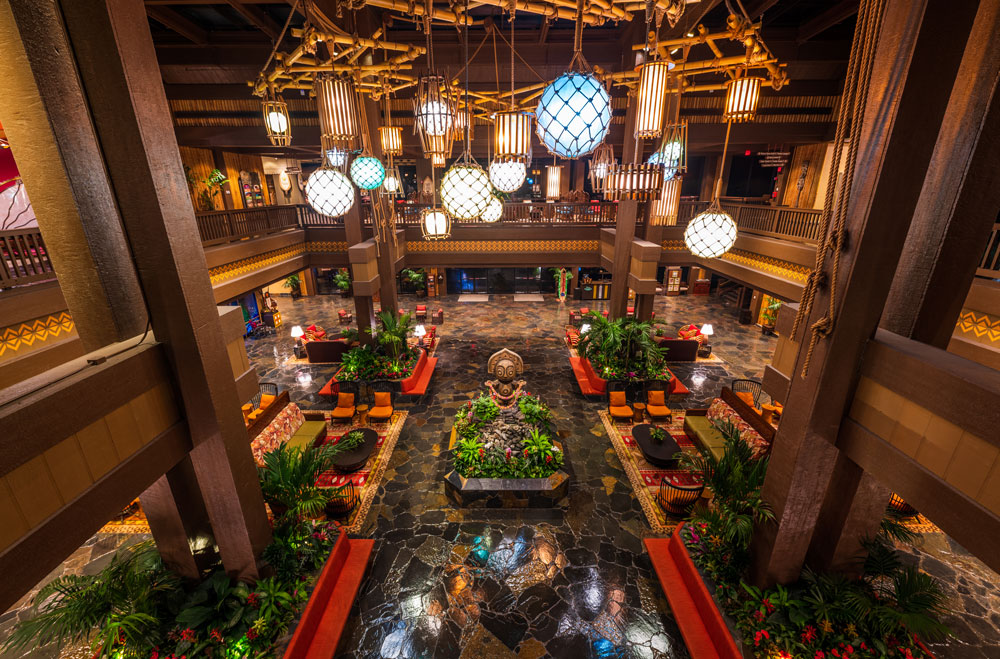
Walt Disney World hotel availability is limited for certain dates in 2024, prompting reader questions and concerns about crowds. This post addresses what’s going on with the sold out resorts, despite the increase in discounting and exhaustion of pent-up demand, and commentary about potential reasons for this.
If this sounds like deja vu all over again, it should. We’ve covered this exact same topic two years ago during the heart of Walt Disney World’s 50th Anniversary celebration. Back then, “revenge travel” was all the rage, not every resort had reopened, and even the ones that were operational had all of their buildings open due to staffing shortages.
A lot has changed since then. Revenge travel has mostly flamed out, and Walt Disney World actually has seen year-over-year decreases in both attendance and hotel occupancy. (This is not merely speculation–that link goes to an earnings call where Disney executives themselves stated this.)
Equally as significant, the Port Orleans and All Star Resorts reopened, as did Animal Kingdom Lodge. And although there are still nagging staffing shortages, those have been largely addressed. Regular housekeeping is back, with buildings and rooms all back online.
The end result is that supply is no longer constrained in any meaningful way, and demand is not artificially heighted due to people making up for lost time. Given that there are now more available rooms in the inventory and fewer people competing for said accommodations…what gives? Why are resorts still selling out at Walt Disney World?

Honestly, I don’t think this is some huge problem. The only reason I’m addressing this at all is because it has become a common reader question in the last few months, usually pertaining more to crowd levels than difficulty in scoring a resort reservation. Meaning planners who have already booked accommodations continue checking for availability because they’re using that as a signal for attendance or crowds. (We’ll circle back to this angle in a bit.)
A lot of longtime Walt Disney World fans aren’t used to resorts selling out because, historically, that didn’t happen a ton in 2019 or earlier. (This only pertains to the hotels and not Disney Vacation Club. By its very nature, DVC is designed to operate at close to 100% occupancy. For a variety of reasons beyond the scope of this post, certain DVC resorts have fully booked up months in advance for a long time–and that’s only worsened since Aulani and the Poly bungalows.)
To be sure, some hotels did sell out as did certain dates. Despite astronomical rates, the week between Christmas and New Year’s Eve has always been a popular time, and reservations could be competitive for some resorts or room categories. If you go way back, we’ve heard tales of fans booking New Year’s Eve 1999 as far in advance as possible out of fears about Y2K, and thinking that if anywhere would be ‘safe,’ it’d be Disney. It probably would’ve been a similar story for the actual day of Walt Disney World’s 50th Anniversary had that been during a normal time.
Setting aside those extremes, the bottom line is that the resorts did not operate anywhere near 100% occupancy pre-closure. The vast majority of the time, there were ample accommodations options available–and not just pricey suites or multi-bedroom villas. You may not be able to score the resorts at a discount (Free Dining did book up, even during off-season travel dates when the parks weren’t busy), but there was almost always something to book.

Even though pent-up demand has largely exhausted itself now, Walt Disney World is still operating from a higher baseline. Some fans have (mis)interpreted these year-over-year declines as meaning that the parks are dead or doing poorly. That isn’t even remotely the case–they’re just down (slightly!) from the record-setting numbers of 2022.
In other words, Walt Disney World overperformed in 2022, and now it’s underperforming relative to those record numbers as pent-up demand dies down…but it’s still overperforming relative to 2019 or earlier! CEO Bob Iger also has addressed this in the same earnings calls when discussing lower attendance and occupancy, pointing out that “Walt Disney World is still performing well above pre-COVID levels: 21% higher in revenue and 29% higher in operating income compared to FY2019.”
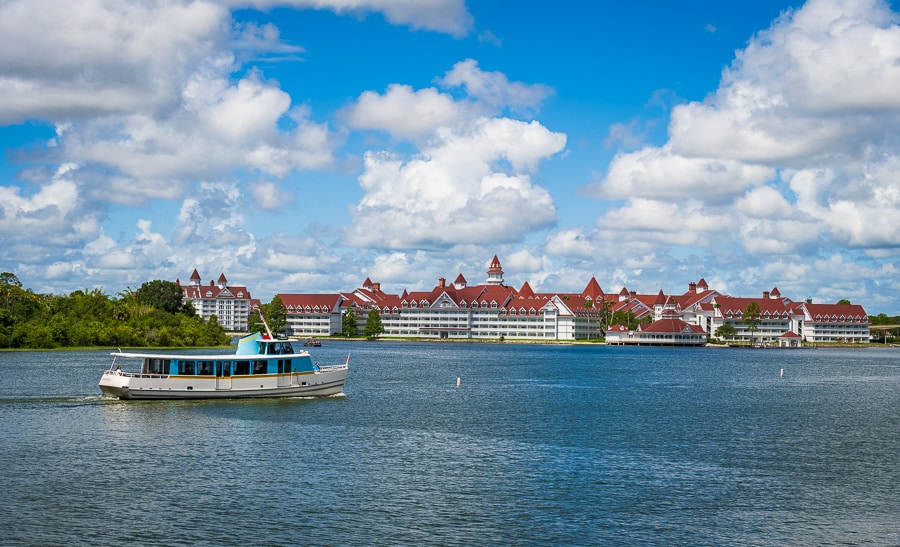
This isn’t just a Walt Disney World phenomenon. Tourist development tax collections for Orange County, Florida fell year-over-year throughout 2023, with November (the most recent month for which there’s data) marking the seventh decrease in revenue in the last eight months, according to the county comptroller. (Tourist development taxes are collected via a 6% tax on hotel bookings.)
Between April and November 2023, every month saw a decrease in tourist tax collections compared to 2022 except September, which was only up by 0.8%. Orlando hotel occupancy was also down compared to 2022, at 69.8%, a drop of over 10% year-over-year. The average daily rate for hotels was $180.44, down 4.2% year-over-year.
However, the Orange County comptroller also indicated that 2022 was an “extraordinary” year for Central Florida tourism after the pandemic, and that after that record-setting year, it was not surprising that there would be a decline in Orange County tourism. Like Walt Disney World, the county as a whole is still up considerably as compared to 2019 and earlier.
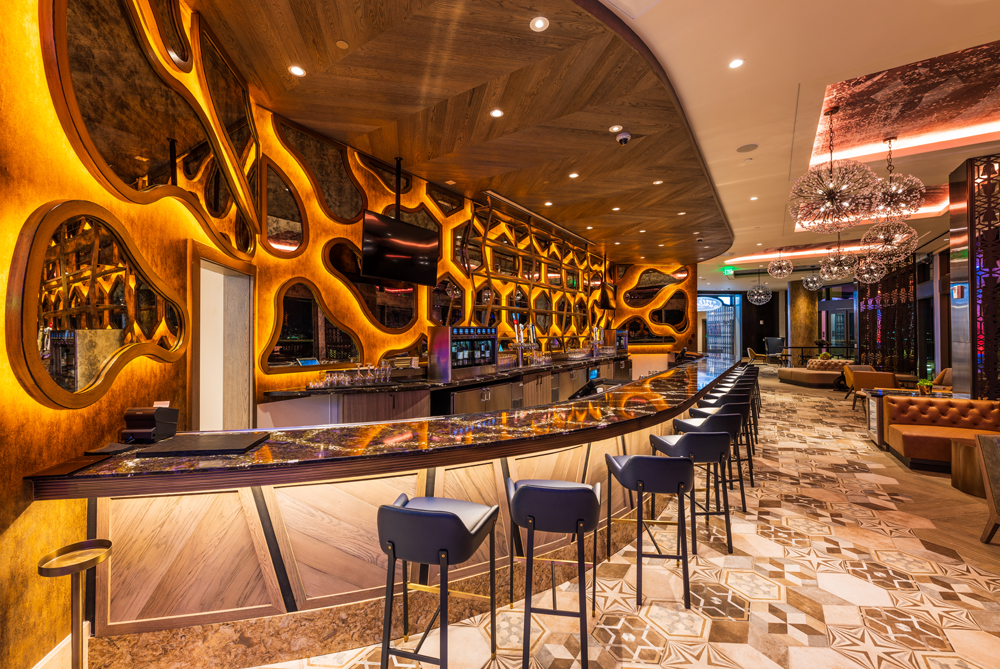
Moreover, Visit Orlando has reported that hotel bookings for 2024 are already outpacing last year by over 5%, and advance airline ticket sales into Orlando were also up in the first quarter of 2024 by roughly 10%. Higher wait times and our anecdotal perceptions of ‘feels like’ crowds thus far in 2024 at Walt Disney World suggest that this trend is playing out at the parks, too. (See Winter (Still) Is Not Off-Season at Walt Disney World.)
This is itself noteworthy, as we had been anticipating a further exhaustion of pent-up demand over the course of 2024. What if, instead, this year marks a rebound? That 2023 was the ‘off’ year for families that visit semi-frequently, and they’re returning to Central Florida in 2024. Sort of like the accordion effect in traffic, but for pent-up demand. That coupled with diminishing fears of a recession and improving consumer confidence, could result in a bounce-back year for travel to the Orlando area.
For its part, Walt Disney World could be doing what’s necessary to incentivize fans to return, pulling the correct “levers,” etc. We suspect this is the case with resort discounts, which have gotten more aggressive in the last year-plus. Walt Disney World went from offering almost no general public promos in 2022 to having its full slate of 2019 offers available again (e.g. Free Dining, bouncebacks, PIN codes), some with the best savings since 2018.
While we expected deals like Free Dining to return for the late summer and early fall off-season, we were honestly a bit surprised by how aggressive Walt Disney World was at discounting popular travel times–like Spring Break and Easter. In an effort to avoid a further drop in occupancy, it’s possible Disney got too “generous” with its special offers, beyond what what was necessary to hit booking targets.

There’s also the reality that a lot is happening in Central Florida and at Walt Disney World in particular. The Pro Bowl is coming up. Conventions are slowly-but-surely returning. RunDisney has hit the ground running with its return. There are several events at the ESPN Wide World of Sports on long weekends throughout the winter and spring months, and it wouldn’t surprise us in the least if these are all bigger than last year.
These events can have a major impact on resort room availability, as there are tons of attendees and they take up huge blocks of specific hotels. That, in turn, reduces inventory there and pushes other people to different hotels. Real world events like the NFL Pro Bowl and WWE Monday Night RAW have a similarly indirect impact. Attendees book up hotels around Orlando and flights into the city, but seldom visit the theme parks.
Suffice to say, there’s a ripple effect felt throughout hotels in the region, including WDW. This is true even when it comes to events that aren’t occurring at Walt Disney World and will have minimal impact on crowd levels.

To that point, on-site hotels selling out completely can cause planners to freak out that the parks are going to be chaotic and crowded. Which can be true…sometimes. But there are a couple of things to keep in mind.
The first is that the majority of guests in the parks at any given moment come from off-site. This includes those staying in third party hotels around Orlando, but it also includes the growing population in Central Florida and beyond within driving distance. Locals might simply come out for the day when the weather is nice, because there’s a ticket deal, or to enjoy the current flavor of EPCOT’s festival.
Moreover, just because someone is occupying a room at Walt Disney World does not mean they are contributing to crowds. I can’t tell you how many times I’ve stayed at Coronado Springs when the resort has been absolutely slammed, but the buses to the parks have been downright dead. Other times, the resort hasn’t seemed that busy, but the buses have been packed.
The discrepancy is convention-goers, who overwhelm portions of the resort infrastructure (and by infrastructure, I mean bars and hot tubs) but typically do not attend the parks in the same number as regular ole tourists. So the resort could be at ~95% occupancy due to a convention, and it could feel that way in the common areas…but not on the buses. By contrast, the resort could be at ~65% occupancy without a convention, but feel far worse on the buses. It’s all about demographics and the guest mix.
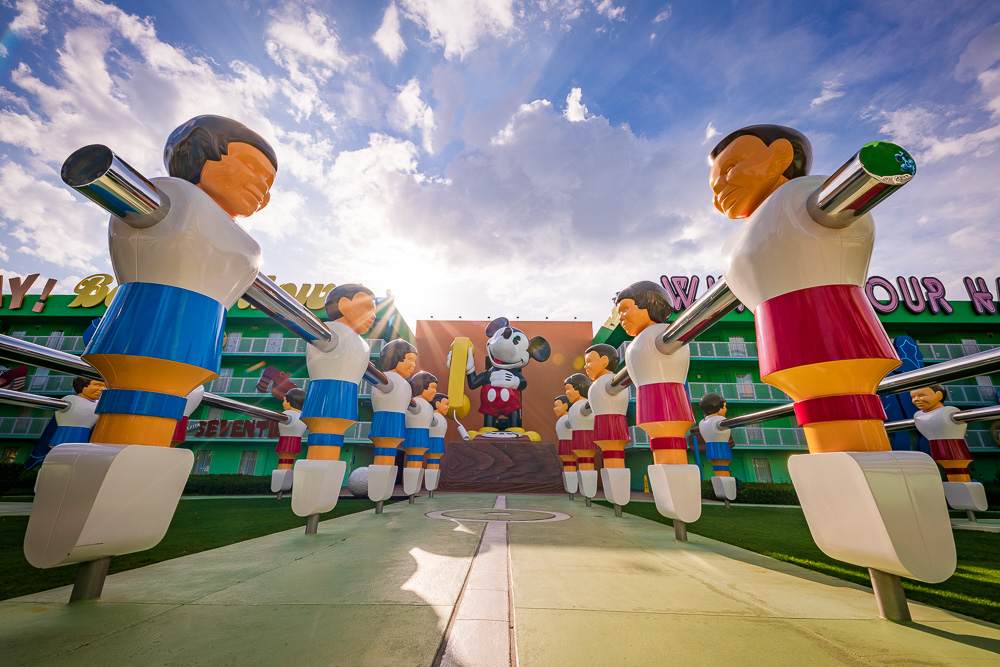
It’s a similar story with youth groups participating in sporting events at the ESPN Wide World of Sports. To be sure, some of these youth events can increase overall crowd levels in the parks. The bigger ones especially can have a material impact on the parks, especially if you visit the same park as their entire (or large portions of) their group attends.
Anecdotally, I would say it’s much more common to see groups of cheerleaders or dancers in the parks than it is a herd of white collar convention-goers sporting lanyards and Patagonia vests. But it’s also true that the youth groups are primarily there for the sporting events, and the park days are optional icing on the cake.
To some extent, it’s even possible that convention-goers and youth groups are occupying rooms and ‘blocking out’ guests who would otherwise visit the parks. While we can quibble over the extent to which this does or does not occur, or this group or that contributes (or doesn’t) to crowds, the bottom line is that hotel availability (or lack thereof) is not necessarily a good predictor of crowd levels. There are too many moving parts and added variables.

Ultimately, that should help explain what’s going on with unavailable rooms at Walt Disney World…at least to some degree. More than anything else, I think this is simply the “new normal.” There’s a higher baseline level of demand as compared to 2019 and earlier, Walt Disney World is pulling more “levers” to keep occupancy as close as possible to that record-setting 2022, and there’s probably still “localized” pent-up demand for certain types of travel–conventions, youth groups, international guests, etc.
Again, I don’t think this is anything to be concerned about. I do think it’s a fascinating subject, and also suspect that it’ll be a trend that lasts until the next recession or economic downturn. Even if it’s no longer considered revenge travel, it’s probably fair to say that people have reevaluated their priorities and will continue to place more of an emphasis on in-person experiences and travel for the foreseeable future. That means resort occupancy will remain high in Central Florida, even as tons of new hotels continue being built. Whether that’s sustainable indefinitely is another topic for another day, but it is for now.
If you’re looking for key takeaways, the first would be that–as discussed above–hotels being sold out does not necessarily mean heavy crowds. It’s certainly a signal that could be the case, but it’s hardly conclusive. Second, longtime Walt Disney World fans who used to do last-minute long weekend trips on a whim should start trying to plan earlier. I’ve mentioned a few times that I’ve stayed at Coronado Springs and All Star Sports more than any other hotels in the last two years. That has not been because those are my two favorite resorts at Walt Disney World. Learn from my mistakes and give yourself a bit more lead time.
Planning a Walt Disney World trip? Learn about hotels on our Walt Disney World Hotels Reviews page. For where to eat, read our Walt Disney World Restaurant Reviews. To save money on tickets or determine which type to buy, read our Tips for Saving Money on Walt Disney World Tickets post. Our What to Pack for Disney Trips post takes a unique look at clever items to take. For what to do and when to do it, our Walt Disney World Ride Guides will help. For comprehensive advice, the best place to start is our Walt Disney World Trip Planning Guide for everything you need to know!
YOUR THOUGHTS
Have you encountered lots of sold out resorts at Walt Disney World during a time you didn’t expect to be busy in 2024? Thoughts on hotel inventory does or does not impact crowd levels in the parks? What do you think is driving the availability issue at Walt Disney World? Do you think pent-up demand is an ongoing issue, with people (still) making up for lost time traveling and not caring how much they’re paying? Do you agree or disagree with our commentary? Any questions we can help you answer? Hearing your feedback–even when you disagree with us–is both interesting to us and helpful to other readers, so please share your thoughts below in the comments!




